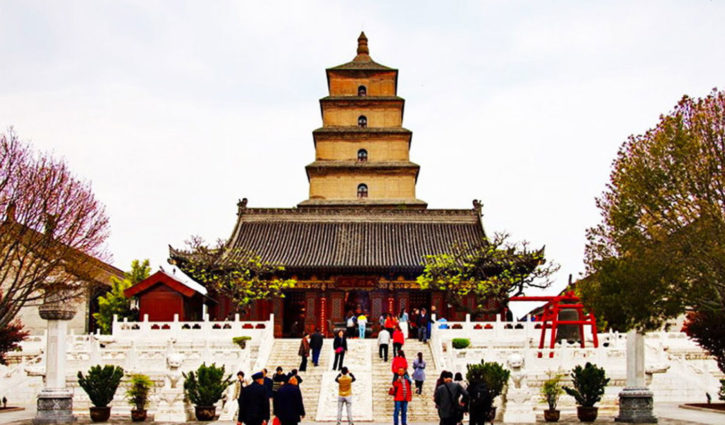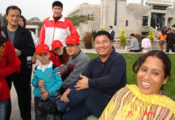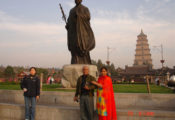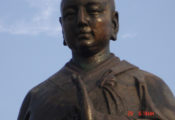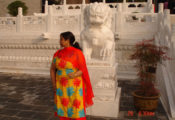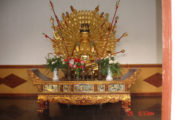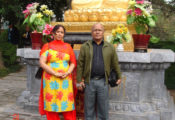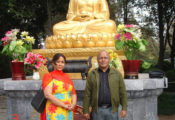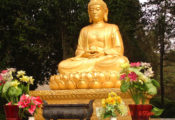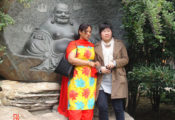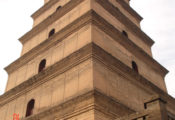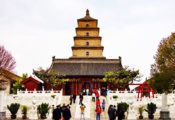The Pagoda was built in The Tang Dynasty (618-907) for the study of Buddhist scriptures. Although it has been attacked by centuries of weather, war and seismic activity, which destroyed most of the original material of the structure, a pagoda by this name and style still exists on the site.
The Tang regime gave orders to build a chamber for the translation of Buddhist scriptures in an effort to have the then widely renowned Master Xuan Zang agree to be the head of the temple. A pagoda was built on the site in 589 A.D. The temple once had 13 separate courtyards and contained 1,879 magnificent-looking rooms. It was a place of grand dimensions in the Tang Dynasty. However, it went into gradual decay after the dynasty’s downfall. The halls and rooms that have survived to this day are structures that were built in The Ming Dynasty. In 652 AD, Xuan Zang brought the precious sutra and other relics from India along the Silk Road back to ancient China and translated the valuable Buddhist text here, since then the Giant Goose Pagoda has been one of three largest Buddhist text translating places in ancient China. To well preserve these treasurable Buddhist culture, the pagoda was constructed for 5 floors. According to the historical materials, the Giant Wild Goose Pagoda has been rebuilt for many times, and it finally gets the appearance of 7 floors of about 65m high at present.

